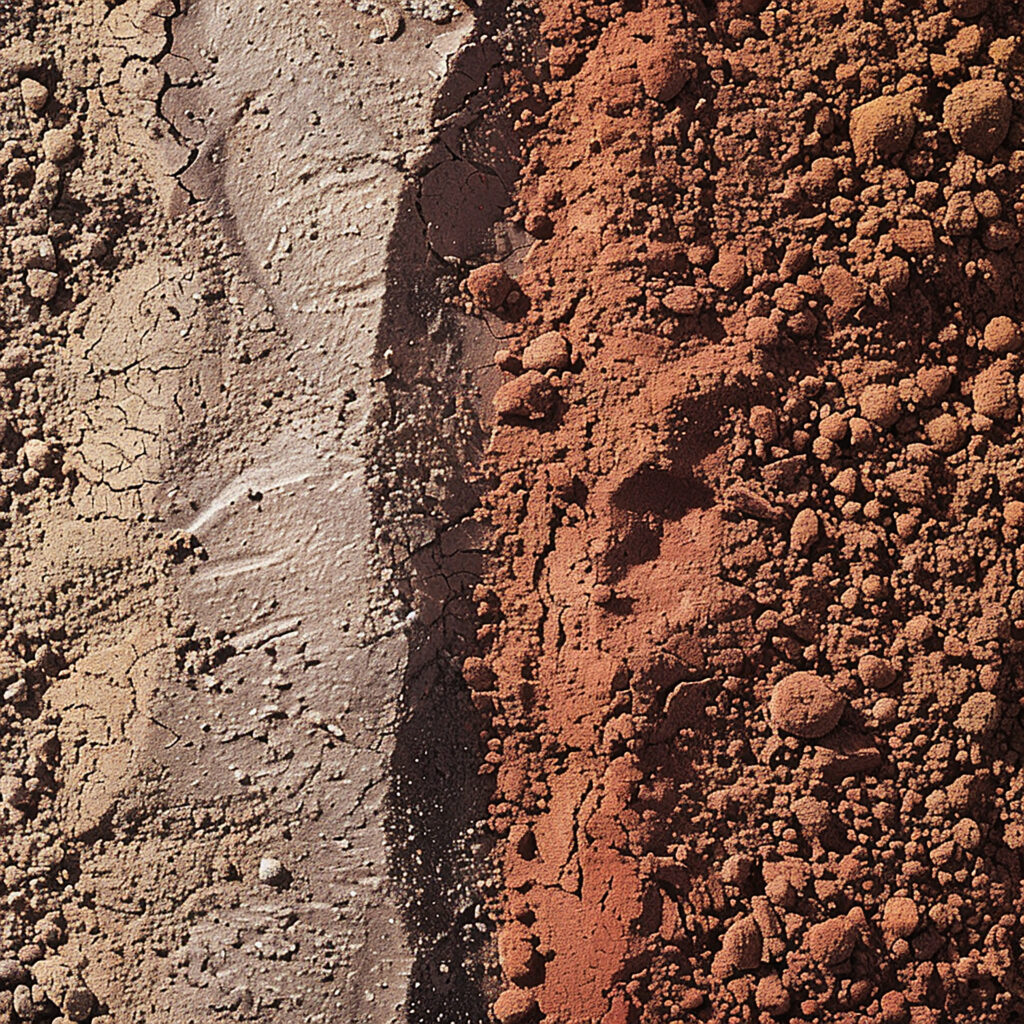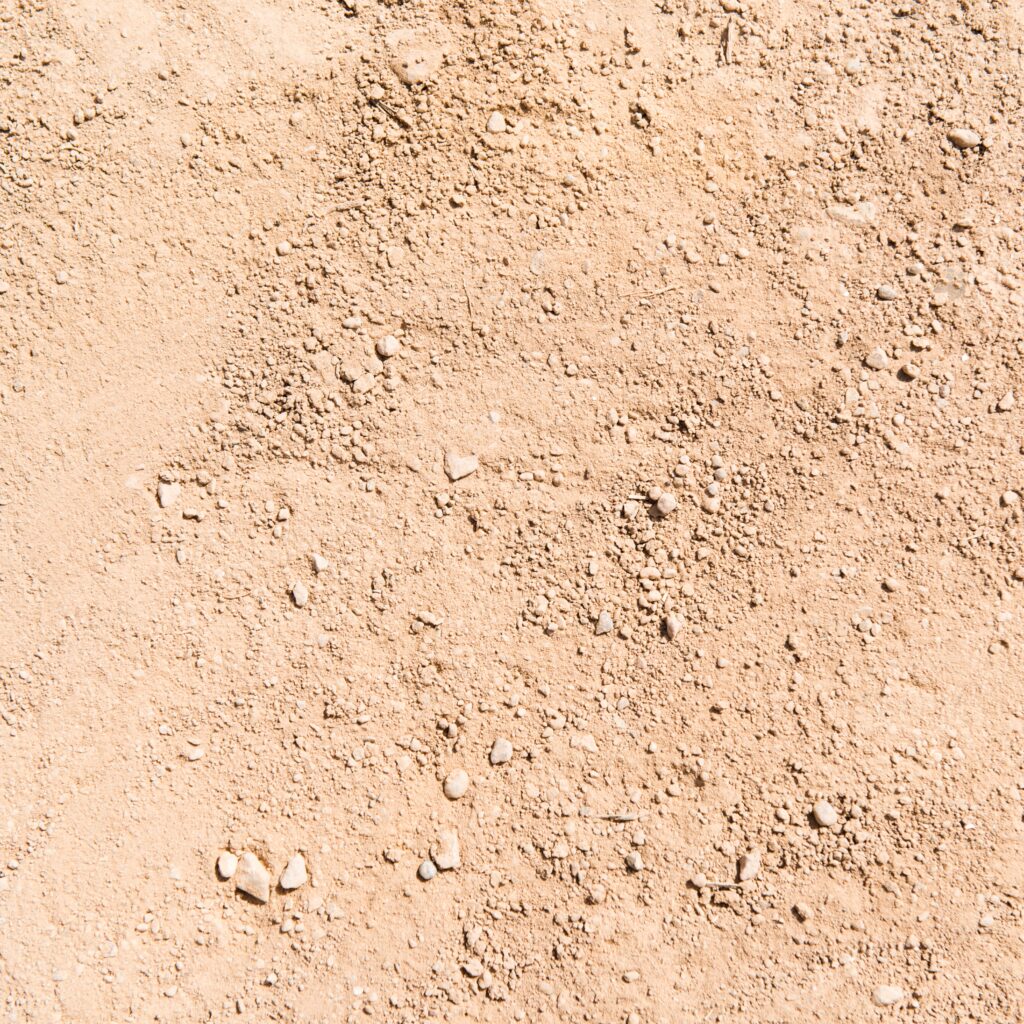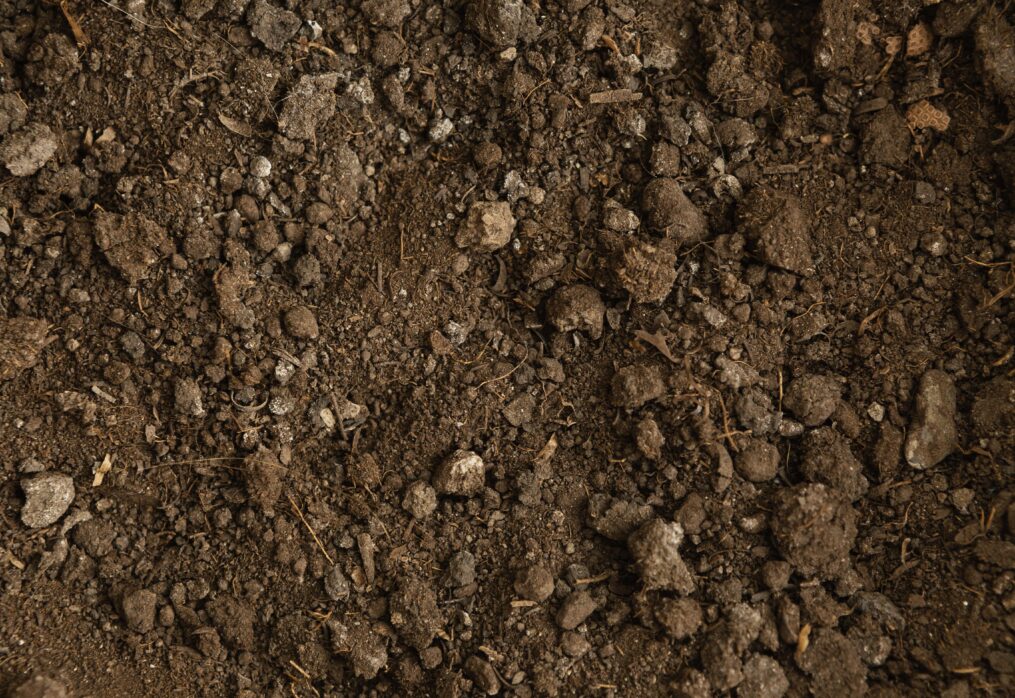Which soil is best for garden grass?
Which soil is best for garden grass? To have the ideal lush, green lawn that everyone desires, there are a lot of factors to take into account when it comes to lawn maintenance and grass growth. Among these is the ideal kind of soil for grass and, by extension, your own lawn.
This blog explores the many types of soil that your garden may include, as well as which is best for growing grass and creating a robust, healthy lawn. We take a deeper look at this subject in this blog (Which soil is best for garden grass?)
So let’s investigate…
Different types of soil
Your garden may contain one of four types of soil. These four types of soil are loam, silty, clay, and sandy.
Because sandy soils drain quickly, water can easily reach the grass roots. Clay soils are hard and retain moisture for the roots to absorb, they are also beneficial to grass growth. While silty soil drains quickly, it does so because its particles are smaller than those of sand, which permits water to escape the soil more quickly. The ideal soil for growing grass is loam, which is a combination of sand, clay, and silt in the right amounts.
The soil’s pH and ability to store and drain rainwater must be considered when growing Natural Lawn grass. This indicates how acidic or alkaline your soil is.
For grass, slightly acidic to neutral soil is ideal. The grass won’t be able to absorb the vital nutrients it needs to thrive, though, if the soil is too acidic or alkaline. This eliminates the third feature of excellent soil: the availability of nutrients.

Knowing what kind of soil you have
It’s not too difficult to figure out what kind of soil you have in your garden and which kind you might need more of.
Here, you just scoop dirt and roll it into a ball in your palm. The ball is perhaps lacking in nutrients and has too much sand if it loses its form. It will contain too much clay, though, and the roots won’t be able to breathe if it holds together and creates a solid spherical.
When you lay down loamy soil, which is a combination of these two soil types, it will naturally crumble into a ball. This is the kind of soil you ought to aim for.

How to improve your soil so that grass grows
Adding organic materials, such as compost, dead leaves, or grass clippings, is the best option to restore your soil if it breaks up too quickly due to an excess of sand.
You can improve moisture retention by adding vermiculite, peat moss, or coconut coir, but be aware that they won’t provide your grass the nutrients it needs to thrive.
By separating the compacted clay particles, organic materials may be added to clay soils to further enhance them. Another way to accomplish this is to aerate the soil.
Enhancing the soil with nutrients As we’ve shown, the availability of vital nutrients is the third attribute of healthy growing grass, followed by soil and pH levels.
You may conduct a soil test to determine your soil’s nutritional level. This makes it easier to determine whether adding fertilizer would enhance the amount of nutrients in your soil.
Nitrogen is the most essential ingredient for grass, which is why most grass fertilizers have a high nitrogen concentration. Because nitrogen leaches from the soil quickly, it must be replaced often.
In summary, loam soil is the ideal soil type for grass, and you should strive to create it by combining the appropriate amounts of clay, sand, and silt soils. It should also be nutrient-rich and have a neutral pH of 6.5-7. They may all be examined with appropriate tests and measurements.
🌱 Frequently Asked Questions (FAQ)
Q1. What soil mix promotes strong root growth for lawn grass?
A: The ideal is loam, a balanced blend of sand, silt, and clay. Loam retains moisture yet drains well, retains nutrients, and supports healthy root expansion—the perfect base for most garden grasses.
Q2. Is loam available off the shelf?
A: Not typically. You can only purchase topsoil, which may not match the proportions needed for quality loam. To create real loam, mix local topsoil with organic compost and—evenly—sand or silt based on your texture test.
Q3. Can I add sand to heavy clay soil to improve grass establishment?
A: Sand alone can worsen clay compaction. Instead, incorporate organic compost and gypsum to break up clay structure and gradually build a loam-like texture that supports drainage and fertility.
Q4. How can I identify my soil type at home?
A: Use the texture‑by‑feel test: moisten soil and form a ball.
-
Sandy soil feels gritty and crumbles.
-
Clay soil is sticky and forms a ribbon between fingers.
-
Loam holds its shape but gently crumbles when poked—indicating balance.
Q5. Do Indian soil types require different soil amendments?
A: Yes—Northern India’s alluvial soils are often fertile but may need texture improvement with compost to support grass roots. In contrast, red or laterite soils may need pH adjustment (like lime) and organic enrichment to raise fertility and structure.
Q6. How much organic matter should I mix into soil before planting grass?
A: Aim for around 25–30% compost or well-decomposed organic matter when tilling your top 10–15 cm of soil. This mix improves structure, water retention, and nutrient availability—essential for vigorous grass growth.
Q7. When is the best time to prepare soil for a new lawn in India?
A: The ideal periods are March–April and September–October, when temperatures are moderate enough for soil amendments and grass roots can establish without heat stress or monsoon sogginess.
Q8. How often should I amend garden soil to maintain healthy grass?
A: Organic matter decomposes over time—reload compost or mulch every 6–12 months. Consider a soil test each year to monitor pH and nutrient levels, adjusting lime or fertilizer as needed for balance.
I recommend checking out:
- How to plant lawn grass: A Quick Guide
- Mowing Heights By Season And Grass Type
- What Is the Best Warm Season Grass for Your Lawn
- Natural Weed and Grass Killer Recipe for a Chemical-Free Lawn
- What type of machine is used to cut grass?
- 5 gorgeous flowering plants to bring home in summer
- 10 Stress Relieving Indoor plants for home
- 10 plants you can easily grow in a bottle
- 5 Easy Tips to Maintain a Tulsi Plant at Home
- 5 Medicinal Plants to Grow at Home
- 10 palm plants to grow at home
Last Updated on 4 months ago by Anjali Mehra Ph.D. in Horticulture (Punjab Agricultural University)
- Grass Types that Survive Frost & Snow (Uttarakhand-Specific) - December 6, 2025
- Low-Water Grass Varieties for Hilly Homes in Uttarakhand - December 1, 2025
- Mexican Grass vs Bermuda Grass – Which is Best for Indian Lawns? - November 28, 2025
